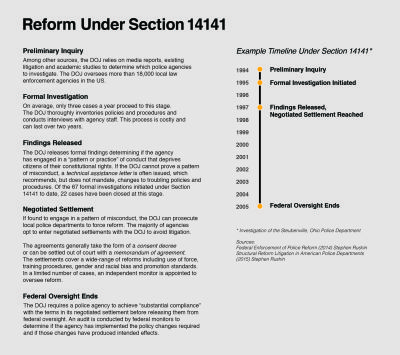[http_redir]
The Chicago Police Department is the latest local law enforcement agency to come under fire, following the recent release of 2014 graphic video showing a white Chicago police officer shooting and killing a 17-year-old black male.
Protests erupted last week after the city was forced to release the year-old footage. And on Tuesday, Chicago Mayor Rahm Emmanuel announced the dismissal of police Superintendent Garry McCarthy. Emmanuel said he would appoint a task force to look at police accountability, noting that "public trust" in the police had been "shaken" and "eroded."
McCarthy's dismissal comes on the same day that Illinois Attorney General asked the Justice Department to investigate whether the Chicago Police Department's practices violated constitutional law, NPR reports.
If the Justice Department decides to take up the investigation, the Chicago PD will join the ranks of roughly 70 other police departments nationwide that have been investigated by the feds for brutality, racial bias and other civil rights violations.
Click points on the map below for specific DOJ 14141 investigations of police departments around the country (with data compiled by the Marshall Project.) The map details on-going cases and negotiated settlements (not all 67 cases). Map design by Charu Kukreja and Roland Hansson.
View here in fullscreen mode.

